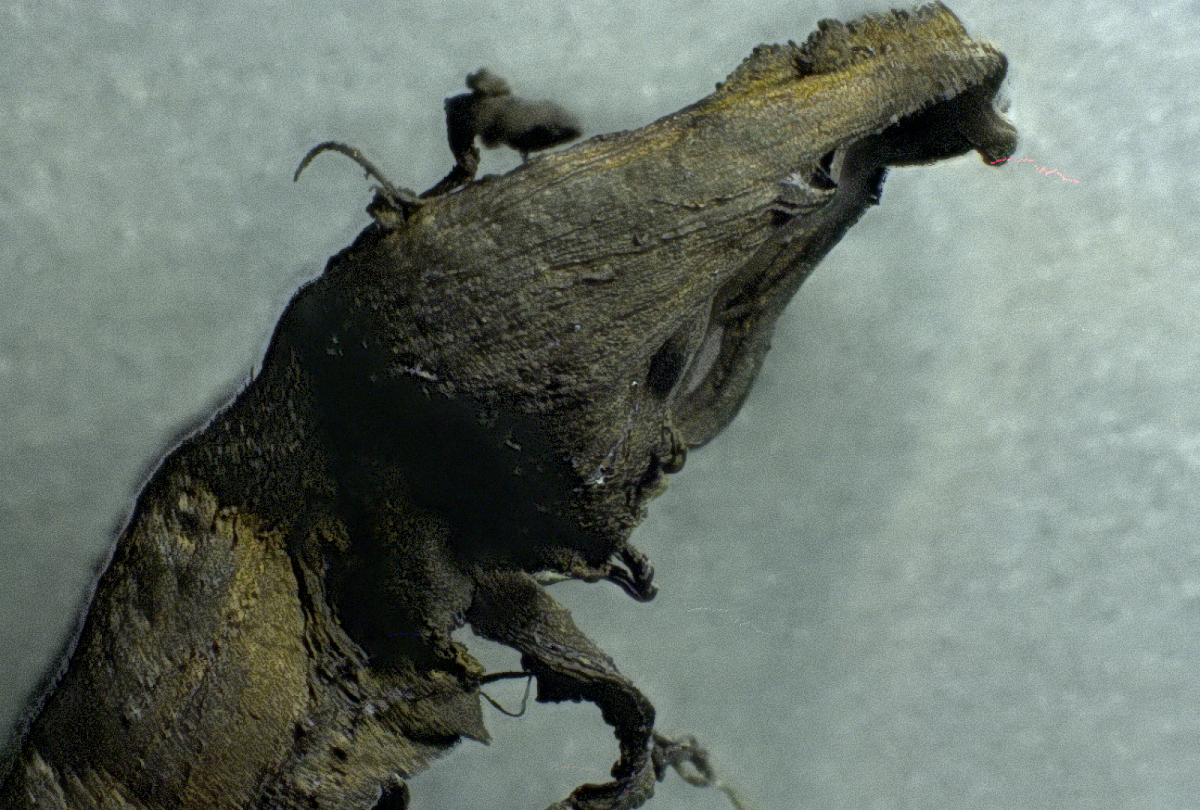Presence of microbes on Earth’s driest desert hints at possibility of life on Mars
11/13/2020 / By Virgilio Marin

A study published in Scientific Reports suggests that Mars was likely habitable for in the past and may even be able to host life to this day. An international team of researchers found a diverse community of microbial life a foot below the Atacama desert in South America. The desert is known as the driest non-polar region on Earth and therefore considered as an analog of Mars.
“Our discovery suggests that something similar may have occurred billions of years ago – or it still may be occurring – on Mars,” said co-author Alberto G. Fairen of Cornell University and the Centro de Astrobiología in Spain.
Hyperarid Yungay region hosts rich microbial life
The Yungay region of the Atacama desert is one of the best analogs of Mars. The region is one of the driest, most highly irradiated environments on Earth. It harbors extremely low populations of microbial life and has highly oxidizing soils with low organic content.
While the precise environmental conditions on early Mars are still largely unknown, previous research showed that Yungay shares profound similarities with early Martian terrain. Smectites, for instance, were detected in both Yungay and some of the impact craters on Mars.
Smectites are clay minerals formed out of the interactions between rock and water. Because liquid water is regarded as a prerequisite for life, these clay minerals are prime targets for studies looking for signs of Martian life.
“[Clays] preserve organic compounds and biomarkers extremely well and they are abundant on Mars,” said Fairen.
To assess smectites’ microbial habitability and potential for preserving biosignatures, Fairén and his colleagues dug an 11-inch pit in the middle of Yungay. They found a layer of wet, smectite-rich soil and discovered that it was teeming with at least 30 salt-loving species of single-celled, metabolically active bacteria and archaea.
The researchers dug four more ditches in the area and confirmed the existence of a widespread and sustained phenomenon of subsurface water availability at Yungay. The finding, according to the researchers, marks the first time that wet, clay-rich subsurface soil was found in the hyperarid areas of the Atacama desert.
The team linked the wet clay to the unusually intense rain events in Yungay over the last few years. In March 2015, Yungay received?around?35 millimeters of precipitation over the course of several days. In 2017, rains even formed small lagoons in the region. Prior to this, lagoon formation had never been observed in Yungay for the past 500 years.
Looking for signs of Martian life
These findings, according to the researchers, support the idea that early Mars harbored habitable niches beneath the surface, especially during the first billion years of its history. If microbes did exist on Mars in the past, their biomarkers are likely preserved in the clay.
“If microbes still exist today,” added Fairen, “the latest possible Martian life still may be resting there.”
The team said that their study could help ongoing and planned rover missions to the red planet, such as the National Aeronautics and Space Administration (NASA)’s Mars 2020 mission. NASA’s Perseverance rover was launched to space in July this year and is expected to arrive on Mars in February 2021. (Related: Study: Heavy rainfall flooded lakes and rivers on ancient Mars.)
The primary objective of Perseverance is to seek preserved biosignatures in Martian soil. One area of interest is the Gale crater, which is rich with smectites and therefore may have been habitable to microorganisms. If Perseverance finds mineral features similar to those in Yungay, the crater should be a high-priority target for sampling.
Cosmic.news has more articles about exploring the habitability of Mars.
Sources include:
Submit a correction >>
Tagged Under:
alien life, Atacama desert, cosmic, deserts, discoveries, Earth, extreme environment, Mars, Mars mission, Martian life, NASA, red planet, research, Space, space exploration
This article may contain statements that reflect the opinion of the author




















